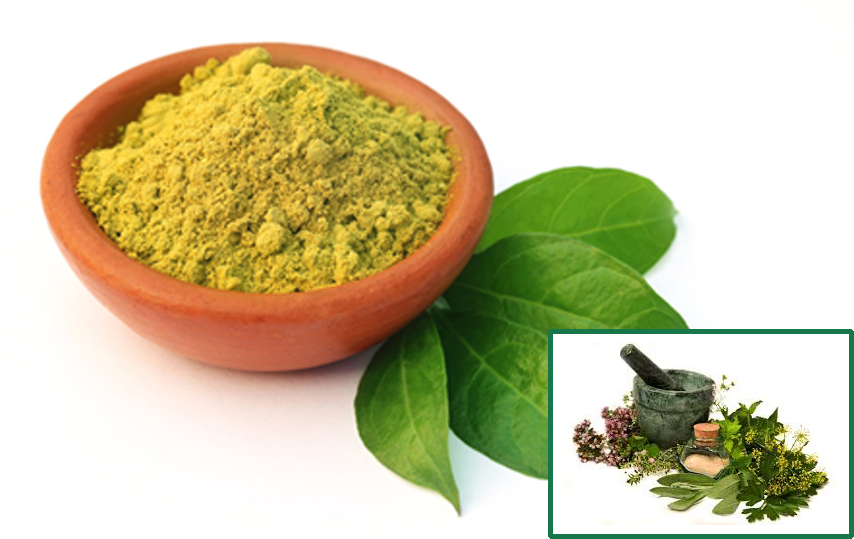Baldness and dandruff are among the most pervasive hair and scalp problems. Hair loss may be either the result of illness or a normal genetic response to testosterone, the male sex hormone. Dandruff – excessive scaling of the scalp – affects more than 50 percent of the population. It may be due to stress or a chronic or recurrent skin disorder, such as seborrheic dermatitis, but the most likely cause is infection by Pytyrosporum ovale fungus. This fungus is found naturally on the scalp but some people are more affected by it than others. It feeds on the skin’s natural oils and causes irritation and shedding of dead skin.
Hair is composed of protein Keratin. Other nutrients that contribute to hair and scalp health include niacin, biotin, zinc and vitamins A, B6, and C. A varied diet based on the basic food groups should provide ample amounts of these nutrients. Because of hair is inert material, shampoos and rinses enriched with protein or other nutrients cannot affect hair growth or make hair ‘healthier’.
A healthy human head has from 80,000 to 1,50,000 hairs, each of which passes through three phases of growth independently of all the others. At any time, 90 percent of the jumping castle hairs are in the growing stage (anagen), which lasts anywhere, from 1 to 5 years. Growth is followed by a resting phase (telogen); this ends after a few months, after which the hair is shed (catagen) to allow new growth. A daily loss of 50 to 200 hairs is a normal part of the cycle.
Although baldness is mediated by hormonal factors; it tends to run into families; your risk may be deduced from the number of bald males among members of both parents and families. Abnormal hair loss may be precipitated by metabolic disorders (including diabetes, thyroid disease and crash diets); damage to hair shafts caused by harsh treatments; stress brought on by illness; hormonal changes of pregnancy; therapy; and very severe scalp disorders.
When diet is involved, the cause may be a grossly excessive intake of vitamin A or a deficiency of iron, biotin, zinc or protein. Such deficiencies are rare, although an excessive intake of raw egg whites can lead to a depletion of biotin.
Hair loss due to stress or drug treatment is generally temporary. Hair that falls out during a crash diet soon regrows once the nutrition is restored. Hair lost in patches usually grows back without treatment, but in some cases, corticosteroid injections may be needed. The conventional medicines available for baldness are minoxidil (Rogaine), a topical medicine and finasteride (propecia) an oral prescription drug.
Dandruff
Many people shed flakes of dandruff, especially in winter, when the scalp may be dry. But some people have a hereditary tendency to develop skin problems that are triggered by sensitivity to specific foods. Because the offending food varies from one person to the next, the only reasonable advice is to avoid foods that seem to make dandruff worse. Some cases of dandruff may respond to flaxseed oil, which seems to help itchy skin conditions like psoriasis and eczema. Take 1 to 2 teaspoons a day. You will need to wait several weeks to see an effect.
To control mild dandruff, doctors usually recommend shampooing daily until the dandruff is under control, followed by twice weekly for maintenance. Dandruff shampoos contain zinc pyrothione, tar or selenium sulphide, all of which work as exfoliants to hasten the shedding of the dead cell layer from the scalp. If these do not work well, shampoos that contain the antifungal medication ketoconazole can be tried.
It was a myth that hair analysis cannot determine nutritional deficiencies and any such claims were worthless. However, in reality, scientific analysis of hair can confirm the presence of certain toxic elements – even years later. For example, hair analysis was used 150 years after Napoleon’s death to confirm that he has suffered chronic arsenic poisoning. Some people’s dandruff improves when they shun foods that cause the face and scalp to flush; typical offenders are hot liquids, heavily spiced foods and alcohol.
HAIR TISSUE MINERAL ANALYSIS
HTMA is a safe and non-invasive pathology test. It measures the levels and comparative ratios of nutrient and toxic minerals found in hair. HTMA is regarded by many doctors, naturopaths and nutritional therapists as one of the most valuable screening tools available in everyday and preventative health care.
Minerals are essential for growth, healing, vitality and wellbeing. They provide structural support in bones and teeth, and they maintain the body’s pH and water balance, nerve activity, muscle contractions, energy production and enzyme reactions. They are the basic ‘spark plugs’ of life.
Ideally we should get all the minerals we need from a balanced diet. Unfortunately today this is rarely possible. Modern farming techniques, fertilisers and depleted soils reduce the mineral content of foods. Environmental bouncy castle pollutants, chemical food additives and stressful lifestyles also have a detrimental effect on our nutritional status.
Many health conditions are aggravated by mineral imbalances and toxic metal excesses, including cardiovascular disease, high cholesterol, high blood pressure, migraines, learning difficulties and hyperactivity in children, to name just a few. Consequently, we need to test and monitor our nutritional status more than ever.
Providing a mineral blueprint of one’s biochemistry, a hair tissue mineral analysis can provide pertinent information about one’s metabolic rate, energy levels, sugar and carbohydrate tolerance, stage of stress, immune system and glandular activity.
A hair tissue mineral analysis performed by Analytical Research Labs, Inc., is a screening test for the level of 20 minerals and toxic metals in a sample of hair. It is a tissue mineral biopsy that is non-invasive, relatively inexpensive and extremely accurate. Our laboratory uses only the most advanced and sophisticated instrumentation available today, the Perkin Elmer Elan 9000 ICP Mass Spectrometer to assess mineral levels in parts per million or parts per billion.
A hair tissue mineral analysis is considered a standard test used around the world for the biological monitoring of trace elements and toxic metals in humans and animals species. The same technology is used for soil testing and testing of rock samples to detect mineral levels.
To read the full article please download our Asana Journal App or purchase Issue 168 December 2016.




















 Other
Other 

